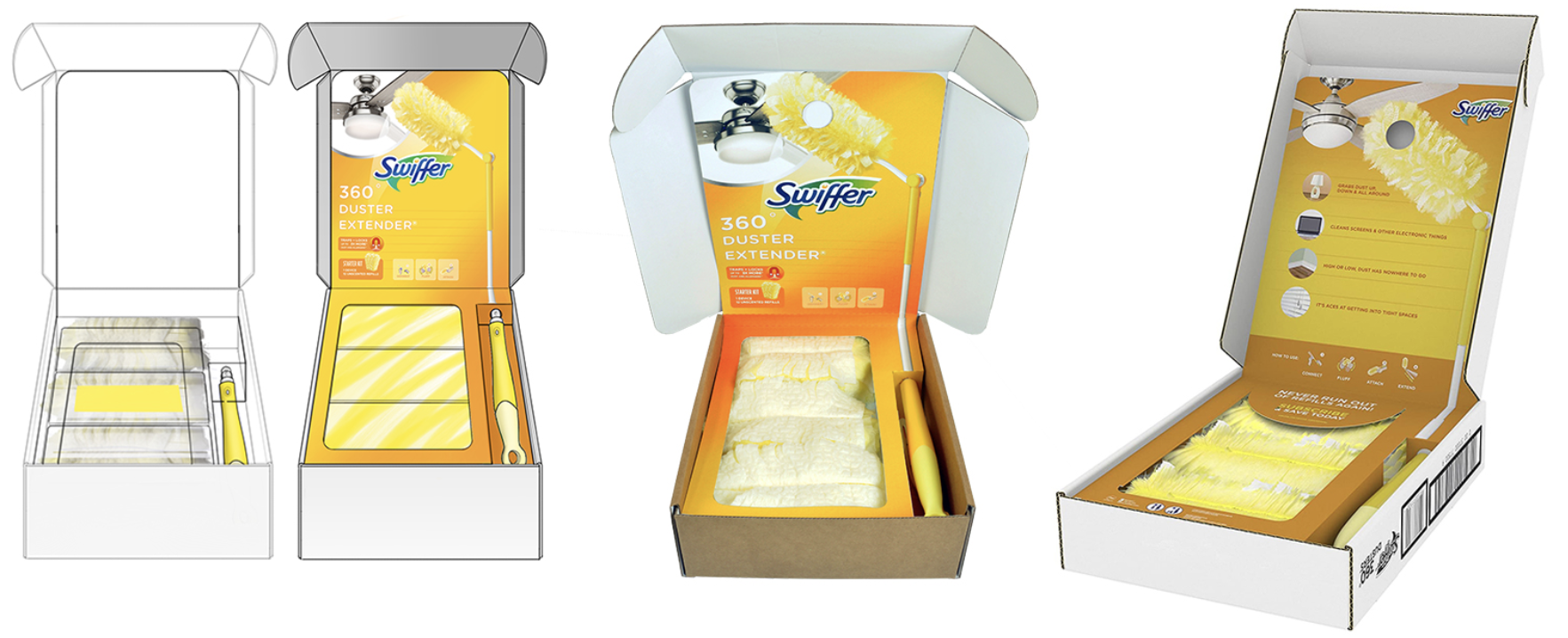In today’s omni-channel market, retail is simply another medium of interacting and selling to your target customer base. Similarly to retail, Amazon and direct-to-consumer channels are an opportunity. It can be done correctly, incorrectly, or somewhere in between.
Most new product brands I speak with begin their growth journey selling online due to the thick barrier-of-entry to physical retail. However, for many digitally native brands there comes a time in the growth journey when customer acquisition costs (CAC) online outweigh the return. And competition for consumers’ attention online will only increase over time, increasing the number of businesses trying to employ the likes of personalized marketing and other marketing strategies to further solidify relationships with existing customers as well as create strong new relationships with potential customers in efforts to stay in competition with other companies within the same industry.
I’ve heard a few Amazon entrepreneurs tell me that the “goal on Amazon is to be able to leave Amazon” referring to the desire to expand into new places target customers are shopping.
Hence, we see “retail-as-a-service” companies like B8ta, Leap, or Storefront seeking to bridge financial, knowledge, and other barriers involved in placing products into brick-and-mortar channels.
Let’s be honest. It’s easy to point out that retailers need to evolve with a changing consumer landscape. As a brand however, it’s about understanding which opportunities make sense, staying ahead of the competitive landscape, and managing all moving pieces effectively.

It’s Not Big Box or Nothing
Many who fail (or are nervous) to scale up a CPG brand at retail will blame the heavy cost and margins of selling to national brick-and-mortar retailers – Target, Walmart, Best Buy, etc. Which is totally valid. This hides the real dilemma which is that most digitally native brands pursuing big box channel placement are not ready – financially, knowledgeably, or resource-wise.
Instead of going after the largest retailers right away, a “slow burn” approach to retail is often the best:
- Online / direct-to-consumer first
- Low-hanging .com retailers, catalogs, TV retailers, select distributors, specialty
- Larger brick-and-mortar store tests and expansion
Every brands’ strategy is different however, and this “slow burn” strategy never looks the same.
Answering the Two Big Questions
When retail partners refer young brands to our team at Retailbound, one of the most common sentiments is “they simply have no clue about retail”. In these cases, distributors or manufacturer’s reps discover that it’s costing them way too much time to manage a brand than they’re worth.
The best sales agents, best distributors, best retailers don’t want to work with a brand that’s not ready. And wouldn’t it surprise you that roughly 80% of brands I speak with believe they’re ready? Not the case – despite being brilliant engineers, designers, and business savvy.
In early 2018, we brought on a brand who did $1-2M in eCommerce revenue in Europe. Fantastic. They were already talking with retailers in the US and trying to solidify deals. Perfect. We started by reviewing their retail strategies in the 1st week. And guess what?
They were structured to lose money per sale at most retail accounts in the US based on their current pricing strategy. Geez…
There are two overarching questions your potential retail distribution partners are thinking:
How much time and energy will I need to allocate to manage your brand?
Retail is a people industry – for better or worse. Selling your product to a retailer, distribution partner, or signing up sales reps does not justify being hands-off. Are you seen as a partner or customer?
In the last few months alone, several real-world examples of this have included:
- Brand A – develops a thorough retail distribution strategy, establishes key retail channels with strong sales growth using the Retailbound model, and is about to launch a 200 store test with a large brick-and-mortar health retailer. Having set up a channel presence, they decide to manage ongoing channel initiatives themselves rather than use our proven team. Samples and communication to the sales team falls through the cracks, large retail chain test backs out of deal.
- Brand B – after establishing online sales traction decides to sign on a large distributor to expand into retail channels. Despite spending many months finding the right distribution deal, after 3 months distributor terminates contract with the brand due to a lack of participation with distributor marketing programs.
You wouldn’t leave your baby with a babysitter without instructions, right? Don’t just leave your product with a distributor and hope it works out.
Are these brands still around today? Yes. Mistakes at retail don’t always lead to bankruptcy; however, it does not take many mistakes to ripple through the retail community – especially when buyers all seem to know each other.
How will you help drive traffic and sales better than your competitors and help me outperform my competitors?
Retailers and distributors will have a variety of “marketing vehicles” for you to choose from – email newsletters, print ads, POP placements, “deals of the week” online, etc. or a general marketing fund to buy into (although buyer beware). That being said, you can’t just throw money at marketing and hope something sticks.
For this reason, the cost-effective “slow burn” channel approach we mentioned above comes in handy to dial in what works and what doesn’t in engaging your target audience. This is where pop-ups and retailers like B8ta can come in handy if you’re struggling to gather marketing data.
Offline marketing testing combined with a thorough digital marketing approach is what’s often needed especially for 1-5 product brands who have a lot to prove. As mentioned before, retailers are working tirelessly to keep up with the changing landscape. If you can prove to them that you’re ahead of the curve in bringing in traffic / customer attention… you’re sitting in a good place.
A couple examples of working with channel partners:
Daily deals and spotlights: NewEgg.com

Airport stores: In-store packaging and product positioning

What does all of this mean to you?
- Retail requires a holistic approach. Having a proven, omni-channel retail expert who’s done strategy, sales, marketing, channel management at every step of the process is needed. Not just sales. Not just branding.
- Understand what’s required at a high-level (I.e. margin requirements, necessity of working alongside distributors, etc) and then find someone who understands the dirty details of execution.
- Moving from online to offline is like graduating from high school to university and expecting to still be the smartest kid in the class.
Interested in scaling through your retail challenges? Contact Yohan at yjacob@retailbound.com.



